How to use a yoga bolster
Yoga bolsters are essential props that provide support for the body in various seated and reclining positions. They typically come in two main shapes: round and rectangular—slightly flattened. Bolsters are denser and heavier than regular cushions or pillows, allowing them to maintain their shape and provide the necessary support, even under the pressure of the body.
Bolster filled with buckwheat hulls - Pink print
In the following text, you will learn how to choose the best bolster to suit your needs. You’ll also discover how to enhance your practice with it, whether it’s for yoga, pilates, more meditative, or restorative poses. A bolster is particularly beneficial during menstruation. For more on this topic, you can read an article written for us by Claudia Lamas Cornejo, a certified Iyengar Yoga teacher.
Asana Supta Virasana with Claudia Lamas Cornejo
A yoga bolster serves as a support for the body in certain poses, especially during prolonged holds in restorative yoga, meditation, or relaxation practices. Bolsters provide extra comfort, relieve pressure points, and help maintain proper alignment during deep stretches. When using a bolster, you can stay in a pose longer and more comfortably, allowing your body to relax and deepen into the stretch.
One of the greatest benefits of using a bolster is its ability to provide support in seated poses like Virasana or reclining poses like Supta Baddha Konasana. It helps elevate specific parts of the body, reducing strain on the lower back, hips, and knees. Additionally, bolsters are excellent aids for meditation, offering comfortable support for extended sitting, and for restorative poses, where they allow the body to completely relax and rejuvenate.
Linen Bolster filled with buckwheat hulls - Gray
Types of Yoga Bolsters
Yoga bolsters come in two main shapes: round and rectangular. Each shape offers unique advantages depending on your practice.
1. Round Bolster
Round bolsters have a cylindrical shape and are usually filled with dense materials such as cotton, kapok, or buckwheat hulls. This shape provides firm and stable support for the body in both seated and reclining positions. Round bolsters are often used under the knees in reclining poses, under the back to open the chest, or to create more space in the hips during seated forward folds.
2. Rectangular Bolster (Slightly Flattened)
Rectangular bolsters are more versatile and are commonly used in restorative yoga. They offer support to the back and legs and can be placed lengthwise or across the body for added comfort. This type of bolster is particularly helpful for supporting the spine in reclining or extended poses such as Savasana or Virasana.
Both shapes can also be used for seated positions, providing better support than a single block, as they are wider and more effective in supporting the outer thighs, hips, and lower back.
What are yoga Bolsters filled with?
Bolsters are typically filled with dense materials to provide the necessary support. The most common filling materials are:
1. Kapok
Kapok is a natural fibrous material derived from the seed pods of the kapok tree. It is lightweight, soft, and durable, making it a popular choice for bolster filling. Bolsters filled with kapok retain their shape while offering a soft yet supportive feel.
2. Buckwheat Hulls
Buckwheat hulls are another popular natural filling for bolsters. They are denser and provide firmer support compared to kapok. Buckwheat-filled bolsters offer excellent support in restorative and recuperative poses and maintain their shape over time.
The buckwheat hulls used for our bolsters are sourced from Croatia, where buckwheat grows in pristine nature without the use of pesticides or harmful chemicals. After careful harvesting, the hulls are transported to Slovenia, where we fill them into bolsters ourselves to ensure the highest quality. These natural hulls are an excellent choice for those seeking a firm yet comfortable bolster that retains its shape over time and provides exceptional support for all types of poses.
The buckwheat hulls for bolsters are carefully grown in Croatia and then transported to Slovenia, where we fill them ourselves.
3. Organic Cotton
Another popular option for filling bolsters is organic cotton. This material is softer and more flexible compared to denser fillings like buckwheat hulls or kapok. Organic cotton is grown without pesticides or synthetic fertilizers, making it a sustainable and eco-friendly choice.
Bolsters filled with organic cotton fibers are perfect for those seeking a softer, more comfortable feel without sacrificing support. These bolsters are particularly beneficial in restorative poses, such as Savasana or Supta Baddha Konasana, where the body needs gentle support to fully relax.
Over time, cotton-filled bolsters may compress slightly depending on how often they are used. Unfortunately, once this happens, they cannot be refilled. However, this is not the case with bolsters filled with buckwheat hulls. These can easily be refilled with fresh buckwheat filling, which you can order and refill yourself. This option is especially practical for yoga studios, as it is more eco-friendly and cost-effective.
If you're deciding between a bolster filled with buckwheat hulls or cotton, you can also check out our blog post on this topic.

Organic cotton
How to Use a Yoga Bolster
Yoga bolsters are incredibly versatile and can be used in various poses to enhance comfort, support, and relaxation. Below are some of the most common ways to use bolsters in yoga:
- Supta Baddha Konasana
To perform this relaxing pose, place the bolster along your yoga mat. Sit one hand-length in front of the bolster and bring your feet together. For a more restorative position, place a yoga strap around your pelvis to prevent sinking into the joints. Add a folded blanket or cushion under your head for extra support. Then, gently recline onto the bolster, supporting your entire torso, and place your head on the blanket. This pose helps open the chest and relax the inner thigh muscles.

Supta Baddha Konasana with Clauda Lamas Cornejo
-
Supta Virasana
In this pose, place the bolster along your yoga mat and sit in Virasana. Slowly lean back onto the bolster. This position provides a deep stretch for the thigh muscles and helps release tension in the back.
Supta Virasana

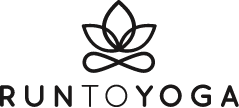

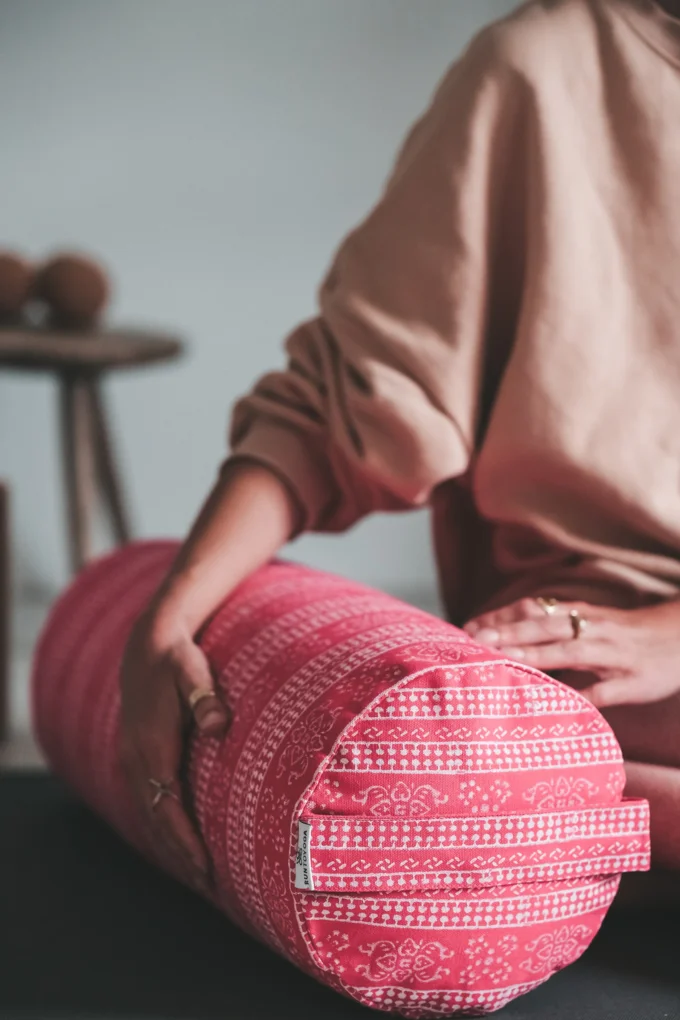



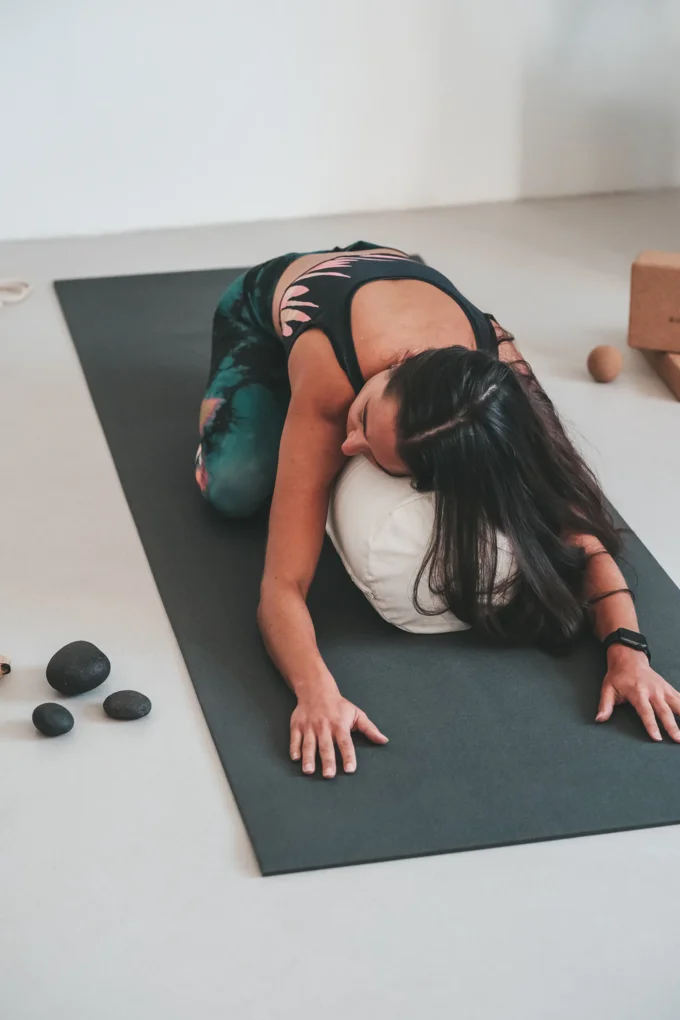
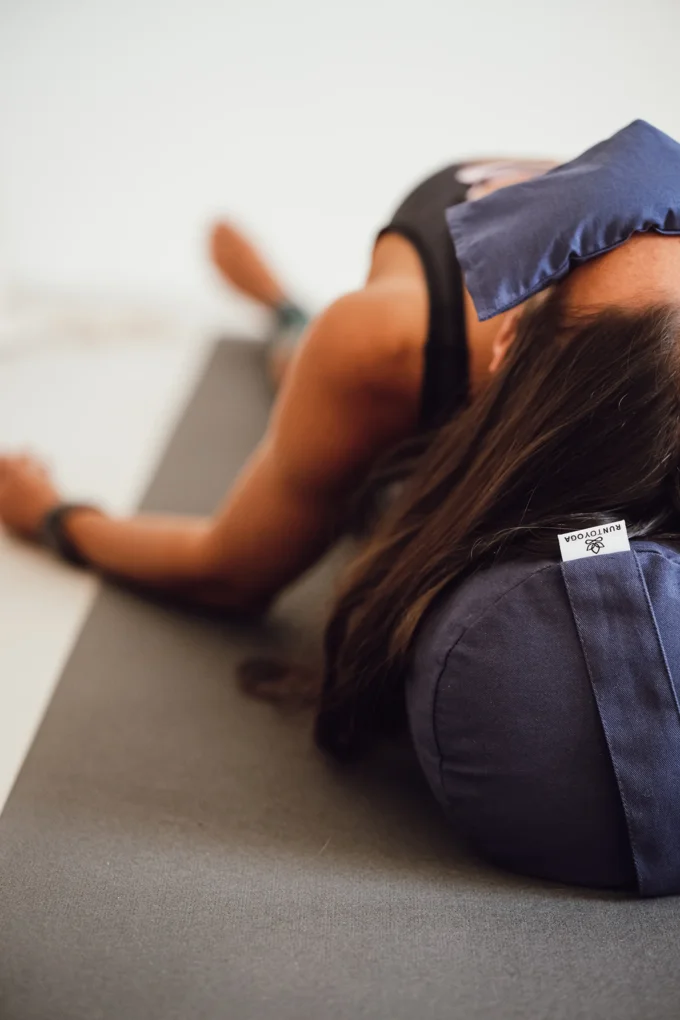
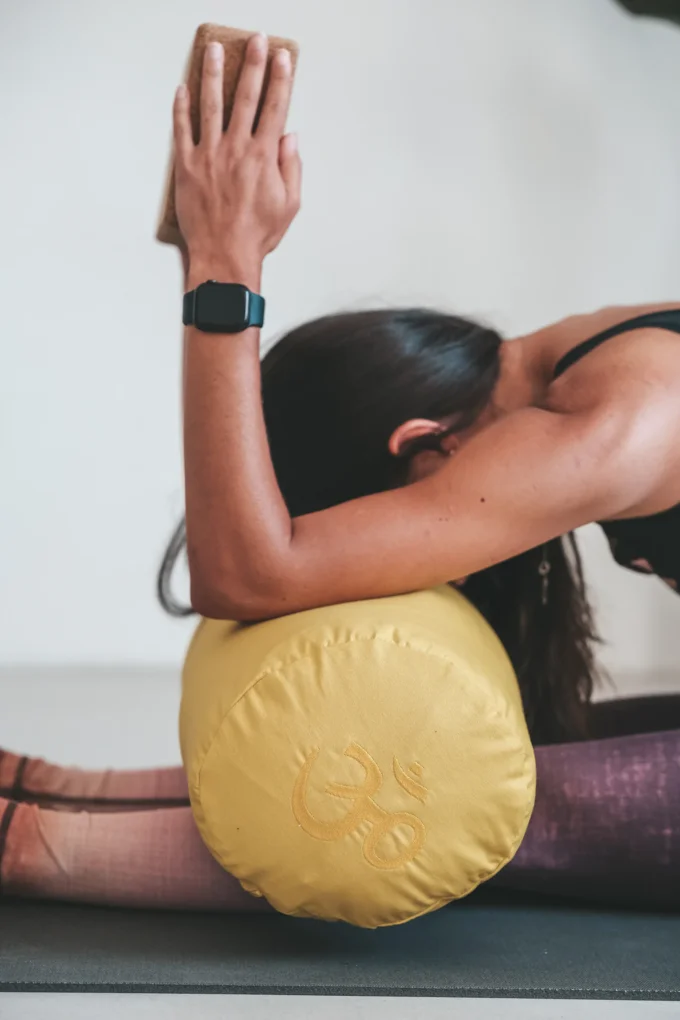

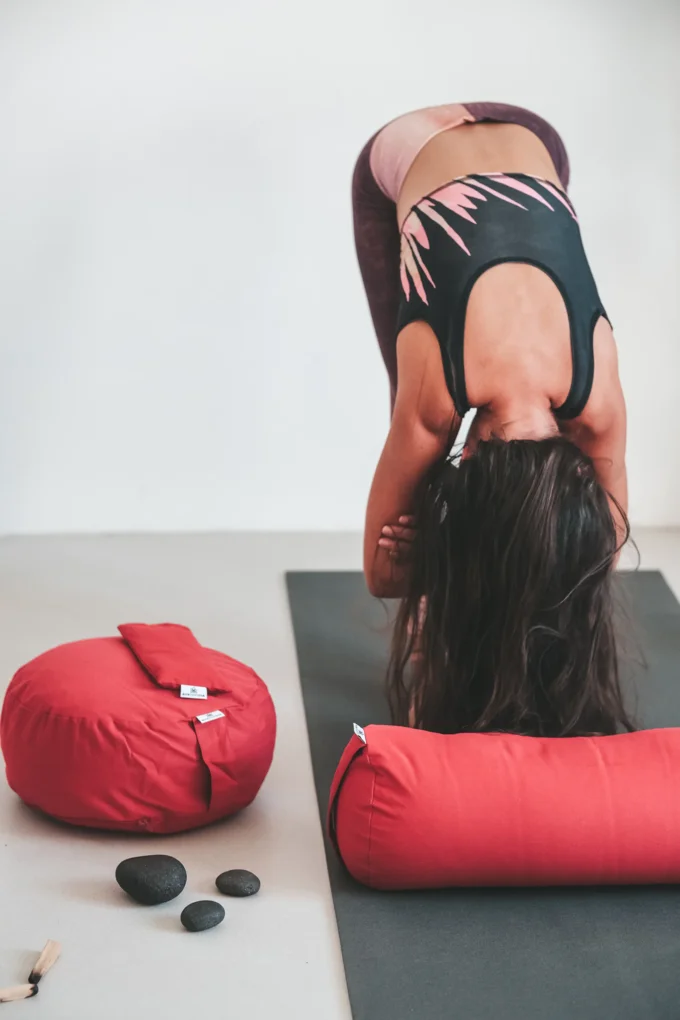 The Uttanasana pose - the head can also be supported with a bolster
The Uttanasana pose - the head can also be supported with a bolster